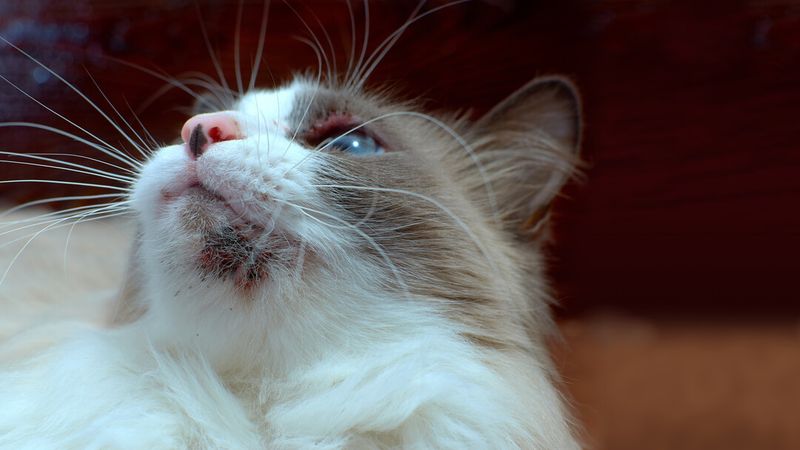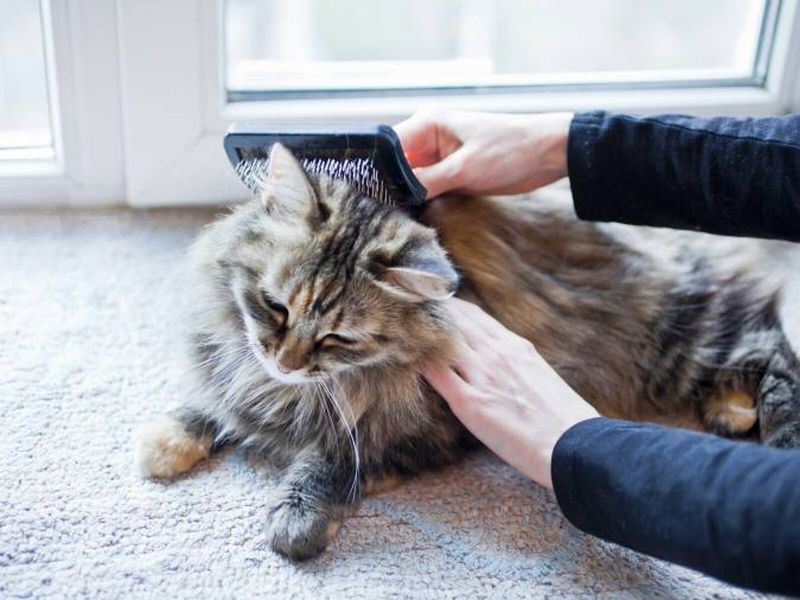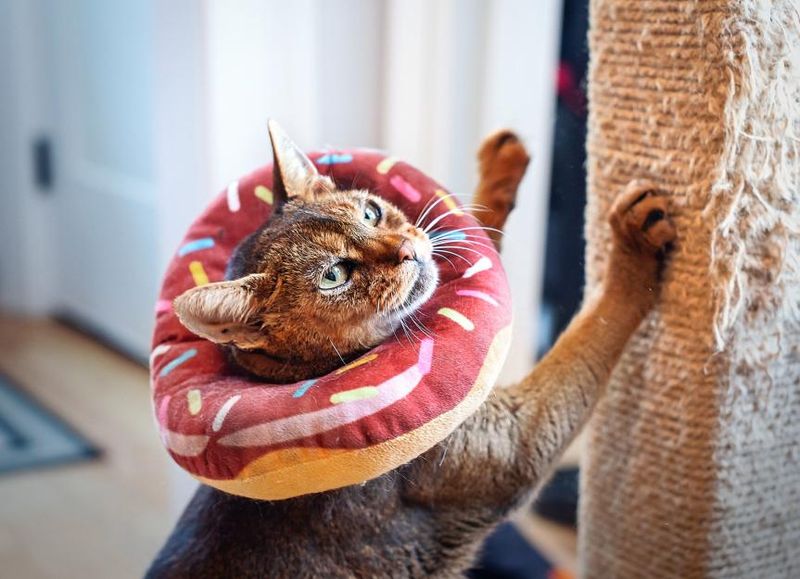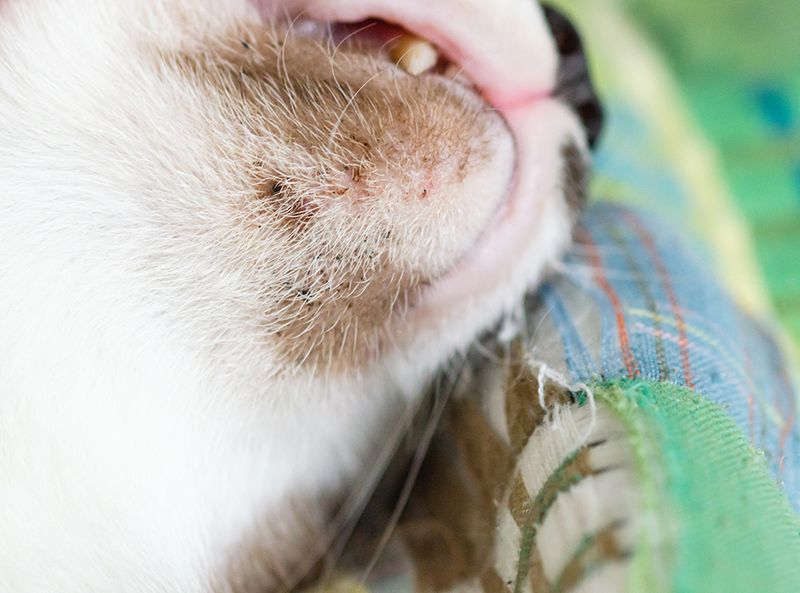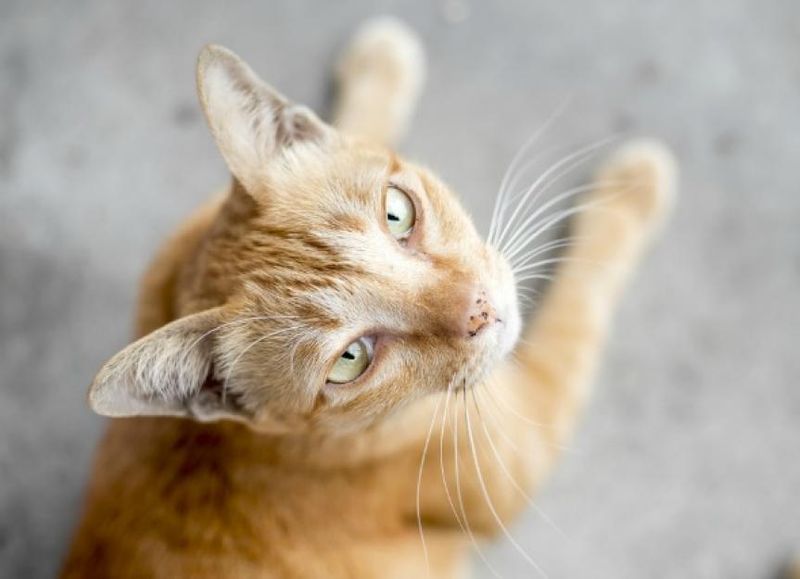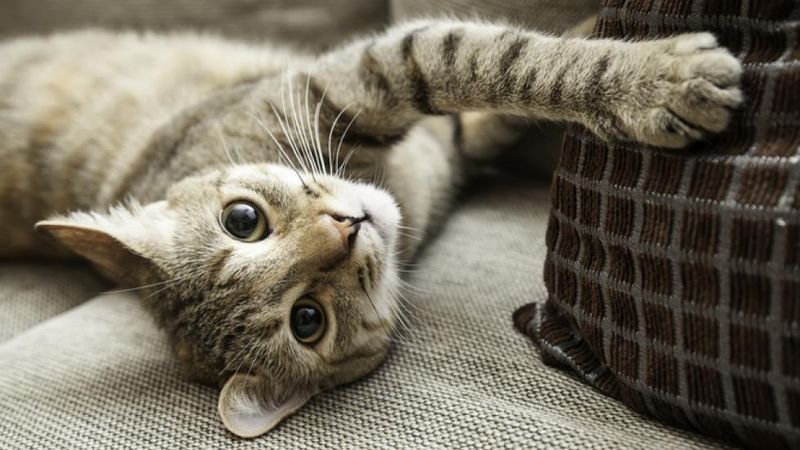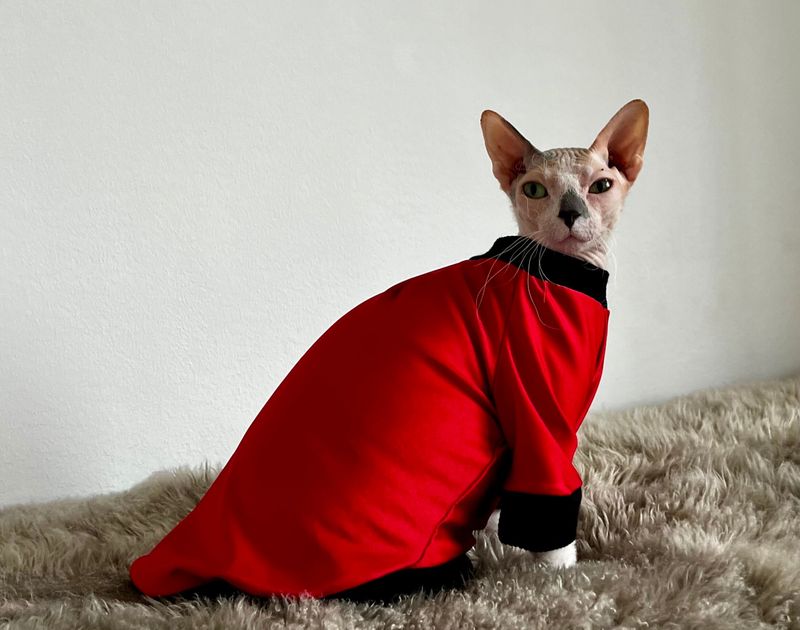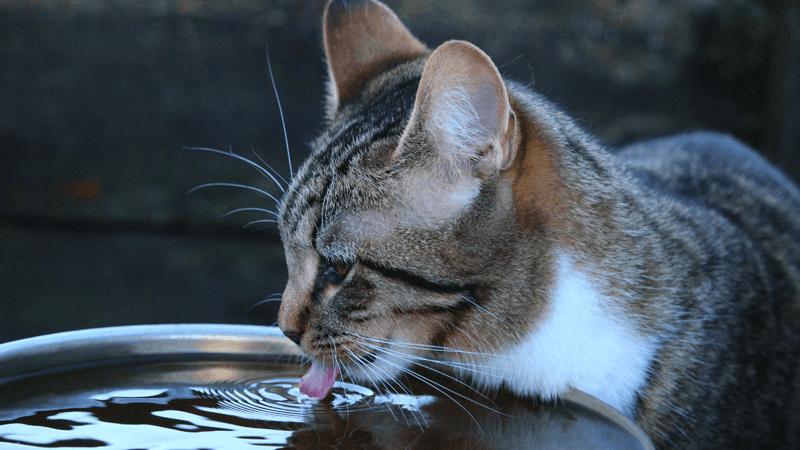📖 Table of Content:
- 1. Cats Can Get Skin Conditions Too
- 2. Diet Plays a Huge Role in Skin Health
- 3. Regular Grooming is Essential
- 4. Fleas and Parasites Are Major Skin Offenders
- 5. Yes, Cat Acne is a Real Thing
- 6. Environmental Allergies Affect Cats Too
- 7. Check for Lumps, Bumps, or Wounds
- 8. Human Skincare Products Are Not Cat-Friendly
- 9. Hairless Breeds Need Sun Protection
- 10. Hydration Helps Maintain Skin Elasticity
When most people think of skincare, images of cleansers, moisturizers, and face masks likely come to mind—for humans. But what many cat owners don’t realize is that feline skincare is a very real and important part of pet health. Just like their human counterparts, cats have skin that serves as the first line of defense against disease, and when it’s compromised, it can lead to discomfort and serious health issues.
Despite their reputation for being self-sufficient groomers, cats aren’t immune to skin problems. Conditions such as allergies, infections, parasites, and even poor nutrition can manifest in their skin and fur. Unfortunately, these issues often go unnoticed until they become advanced enough to cause visible irritation or behavioral changes, like obsessive scratching or excessive grooming.
By learning how to identify and manage these problems early on, cat parents can improve their pets’ quality of life—and even extend it. Understanding the skin-related needs of your cat can empower you to make better decisions about grooming, diet, and veterinary care. The more proactive you are, the easier it is to maintain your feline’s comfort and health. With that in mind, here are eight essential things you might not know about cat skincare—but definitely should.
1. Cats Can Get Skin Conditions Too
Skin problems in cats are more common than many realize, and they don’t just affect outdoor felines. Whether it’s ringworm, eczema, or contact dermatitis, these conditions can cause significant discomfort and, if untreated, may lead to secondary infections. You might see redness, swelling, bald patches, or an increase in grooming behavior. Cats often hide their pain, so changes in appearance or behavior might be your only clue. Unlike dogs, cats may respond subtly to skin irritation, making it essential for pet owners to observe closely. Veterinary evaluation is crucial when symptoms appear, as many conditions look similar but require different treatments. Early diagnosis and treatment not only relieve discomfort but can prevent more severe complications down the line.
2. Diet Plays a Huge Role in Skin Health
Nutrition directly impacts your cat’s skin and coat condition more than you might expect. A balanced diet rich in essential fatty acids, like omega-3s and omega-6s, helps keep the skin supple and fur shiny. Deficiencies in these nutrients can lead to dryness, flakiness, and shedding that goes beyond the norm. High-quality commercial cat foods usually contain these elements, but supplements can be added if necessary. Some cats may also benefit from hypoallergenic diets if they suffer from food sensitivities. It’s not just about aesthetics—healthy skin is part of a strong immune defense. Consulting your vet about your cat’s dietary needs is a great starting point for preventing skin-related issues.
3. Regular Grooming is Essential
Although cats are generally known for being meticulous groomers, that doesn’t mean they don’t need help sometimes. Long-haired breeds, overweight cats, or older felines may struggle to keep themselves clean, leading to matting, odor, and skin irritation. Brushing your cat regularly not only helps prevent tangles and removes loose fur but also allows you to check for skin issues early. It distributes natural oils across the coat, which improves both texture and resilience. A grooming routine can also strengthen the bond between cat and owner, reducing stress and anxiety. Tools like de-shedding combs or slicker brushes are ideal depending on your cat’s fur type. Keep sessions short and gentle to create a positive association with the activity.
4. Fleas and Parasites Are Major Skin Offenders
Fleas are more than just a nuisance—they’re a leading cause of skin problems in cats. Even indoor cats can get them, often brought in on shoes, other pets, or during brief outdoor excursions. A single flea bite can trigger flea allergy dermatitis, an intensely itchy and uncomfortable condition. Scratching, scabbing, and hair loss around the back and tail base are typical signs. Routine parasite prevention is critical and should be tailored to your cat’s lifestyle and risk level. Many safe and effective topical and oral treatments are available through your vet. Consistent prevention not only protects your cat but also keeps your home pest-free.
5. Yes, Cat Acne is a Real Thing
Chin acne in cats is surprisingly common and often mistaken for dirt or food residue. It typically appears as black specks or pimples on the chin and jawline, but in more severe cases, it can lead to swelling, inflammation, or even abscesses. The exact cause isn’t always known, though stress, poor hygiene, or contact with bacteria-harboring plastic bowls are common culprits. Replacing plastic food and water dishes with ceramic or stainless steel can help prevent flare-ups. Cleaning the chin area regularly with pet-safe products can also make a difference. Severe or recurring cases may require medicated treatments from a vet. Paying attention to these small blemishes can prevent bigger skin problems later on.
6. Environmental Allergies Affect Cats Too
Just like people, cats can suffer from environmental allergens like dust, pollen, mold, and even cleaning products. These allergens can cause intense itching, sneezing, watery eyes, and skin inflammation. Cats often lick or chew their paws, bellies, or tails excessively when dealing with allergies. Over time, this behavior can result in hair loss and open sores. Allergy testing and treatment options are available through veterinarians and may include dietary changes, antihistamines, or allergy shots. Creating a low-allergen home by using air purifiers and avoiding scented cleaners can help reduce exposure. With close observation, you can identify patterns and triggers that might otherwise go unnoticed.
7. Check for Lumps, Bumps, or Wounds
Being hands-on with your cat isn’t just affectionate—it’s also a vital part of health monitoring. During cuddle or grooming sessions, gently feel for any abnormal growths, cuts, or tender spots. Even small bumps can indicate underlying issues like abscesses, cysts, or even skin cancers. Any wound that doesn’t heal or appears infected should be seen by a veterinarian immediately. Cats are experts at hiding pain, so visual cues aren’t always enough to detect trouble. Frequent checks help you notice changes quickly, making early intervention possible. Think of it as a wellness habit that’s as important as feeding or cleaning the litter box.
8. Human Skincare Products Are Not Cat-Friendly
It may seem harmless to apply a dab of lotion or ointment to a cat’s irritated skin, but doing so can be dangerous. Many ingredients common in human products—like essential oils, zinc, and salicylates—are toxic to cats even in small amounts. Cats groom themselves constantly, so anything applied to their skin will likely be ingested. Symptoms of poisoning can include vomiting, lethargy, tremors, or worse. Always consult your vet before applying any topical treatment to your cat’s skin. Safe alternatives designed specifically for pets exist and are formulated with feline safety in mind. Avoid the temptation to self-diagnose or improvise with your medicine cabinet.
9. Hairless Breeds Need Sun Protection
Hairless cats like Sphynx or Peterbalds lack the fur that typically shields feline skin from harmful UV rays. Because of this, they are especially vulnerable to sunburns, which can lead to redness, peeling, and even skin cancer over time. While sunlight can feel soothing to these cats, overexposure poses a genuine risk. Protective clothing designed for pets or limiting direct sun exposure during peak hours can help minimize damage. Some veterinarians may recommend pet-safe sunscreens, but it’s crucial never to use human products without guidance. Indoor enrichment away from sunny windows can also help protect sensitive skin. Monitoring time spent basking in the sun is just as important for hairless breeds as it is for humans with fair skin.
10. Hydration Helps Maintain Skin Elasticity
Keeping your cat well-hydrated does more than support kidney health—it’s vital for supple, resilient skin. When a cat is dehydrated, their skin can become dry, flaky, and more prone to irritation or infection. Water helps transport nutrients to skin cells and flush out toxins that may otherwise build up. If your cat isn’t drinking enough from a bowl, offering a pet water fountain can encourage better intake. Wet food is another excellent way to boost hydration levels, especially in cats who aren’t naturally big drinkers. Proper hydration also supports oil production, which keeps the skin barrier strong and less prone to cracks or inflammation. Simple changes in water access or diet can lead to noticeable improvements in coat and skin quality.

